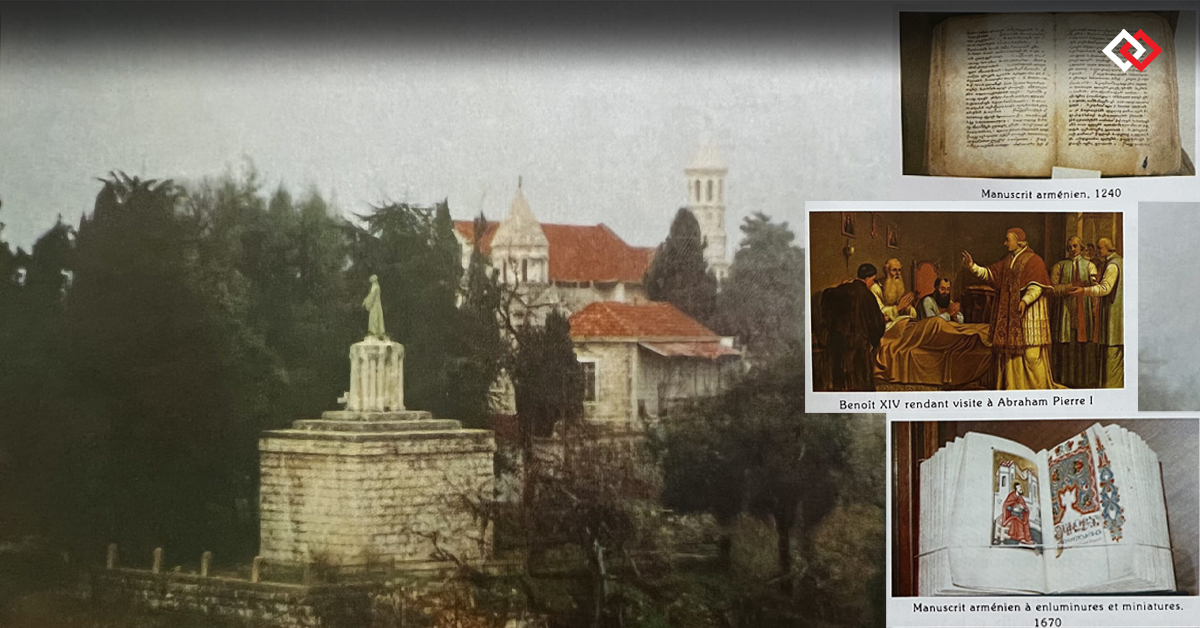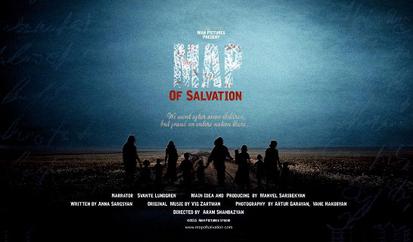Bzommar, in Syriac “the place of the psalmodist”, was given to the Armenian Catholic bishops by the Khazen under the Maronite patriarch Simon Awad, by a deed of gift dated 1749. The Catholicos Abraham Ardzivian died in the same year, leaving in his will the wish to erect the patriarchal seat there for his successors. Therefore, Hagop Peter II Hovsepian had the first wing of the monastery built in the following months. The church, built in 1771 on a basilica plan, received a painting representing the Assumption of the Virgin.
In 1830, the Sublime Porte recognized the Catholic Armenians as Millet, granting them the right to establish an independent patriarchate in the capital. In 1866, the See of Bzommar decided to transfer it to Constantinople, thus achieving the unification of the two Catholic patriarchates. However, the genocide of 1915 led to the definitive return of the patriarchal see to Bzommar.
In 1940, an Armenian-style chapel with a central plan was built next to the Church of the Assumption, enriching the silhouette of the convent. Consecrated under the name of Our Lady of Bzommar, it is topped by a stone cone in the Armenian style. It is here that the miraculous Virgin is deposited, a Mater Dolorosa by Guerchin (1591-1666), brought from Rome by Abraham Ardzivian. The courtyard of the monastery is completely open on the downstream side, exposing its finely chiseled arcades to the sea. The campanile takes on the Armenian conical shape that blends with the more recent chapel.



